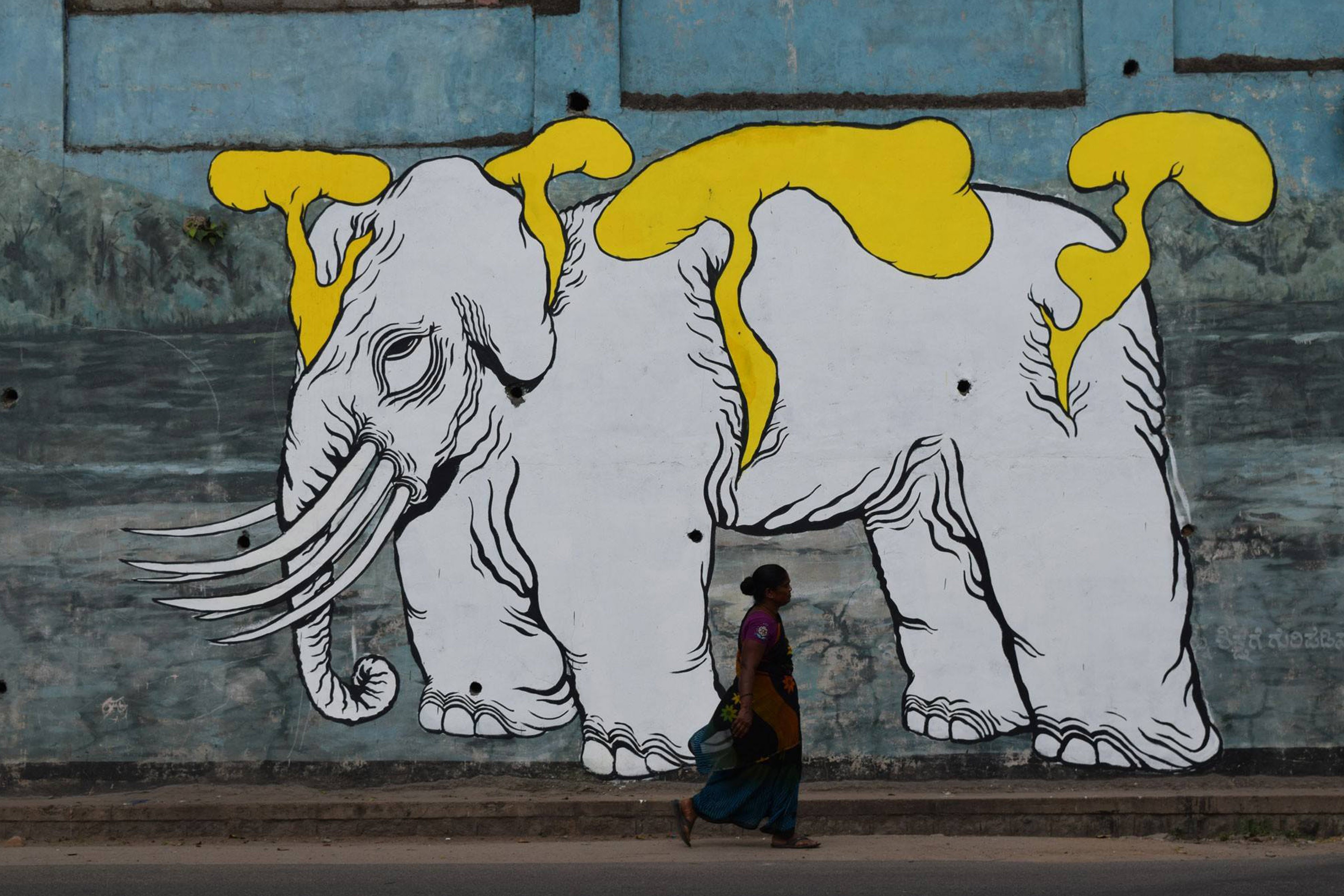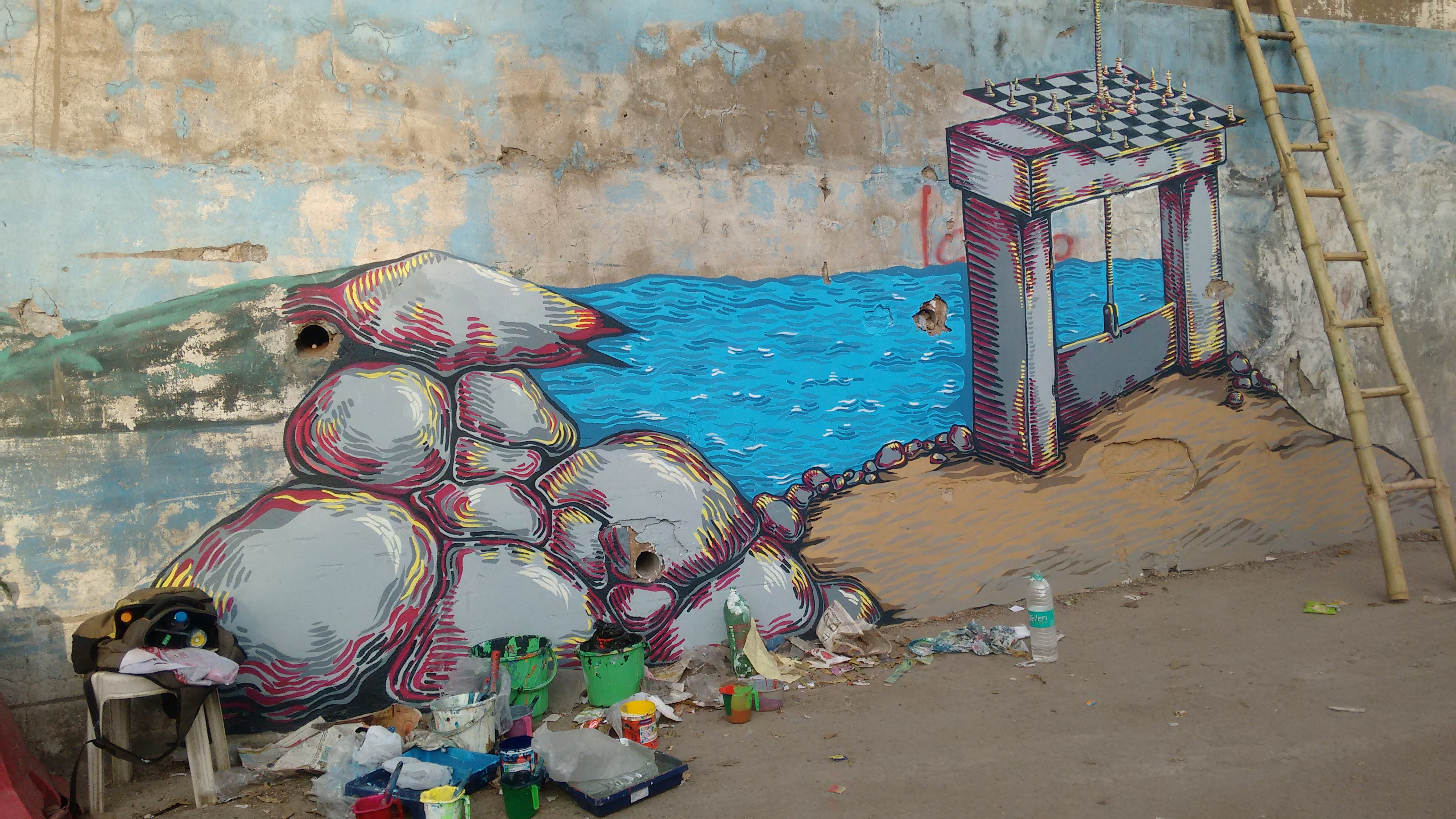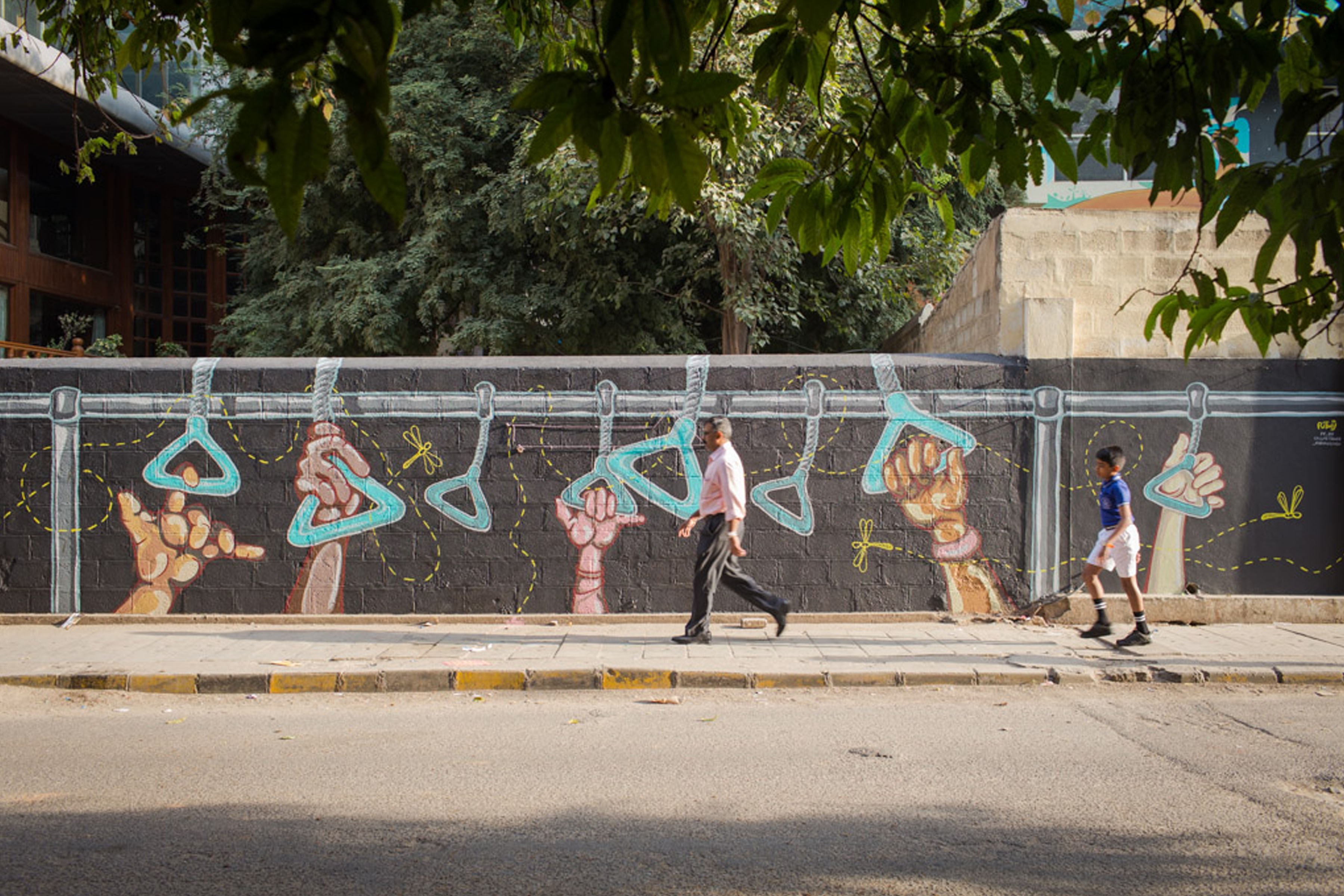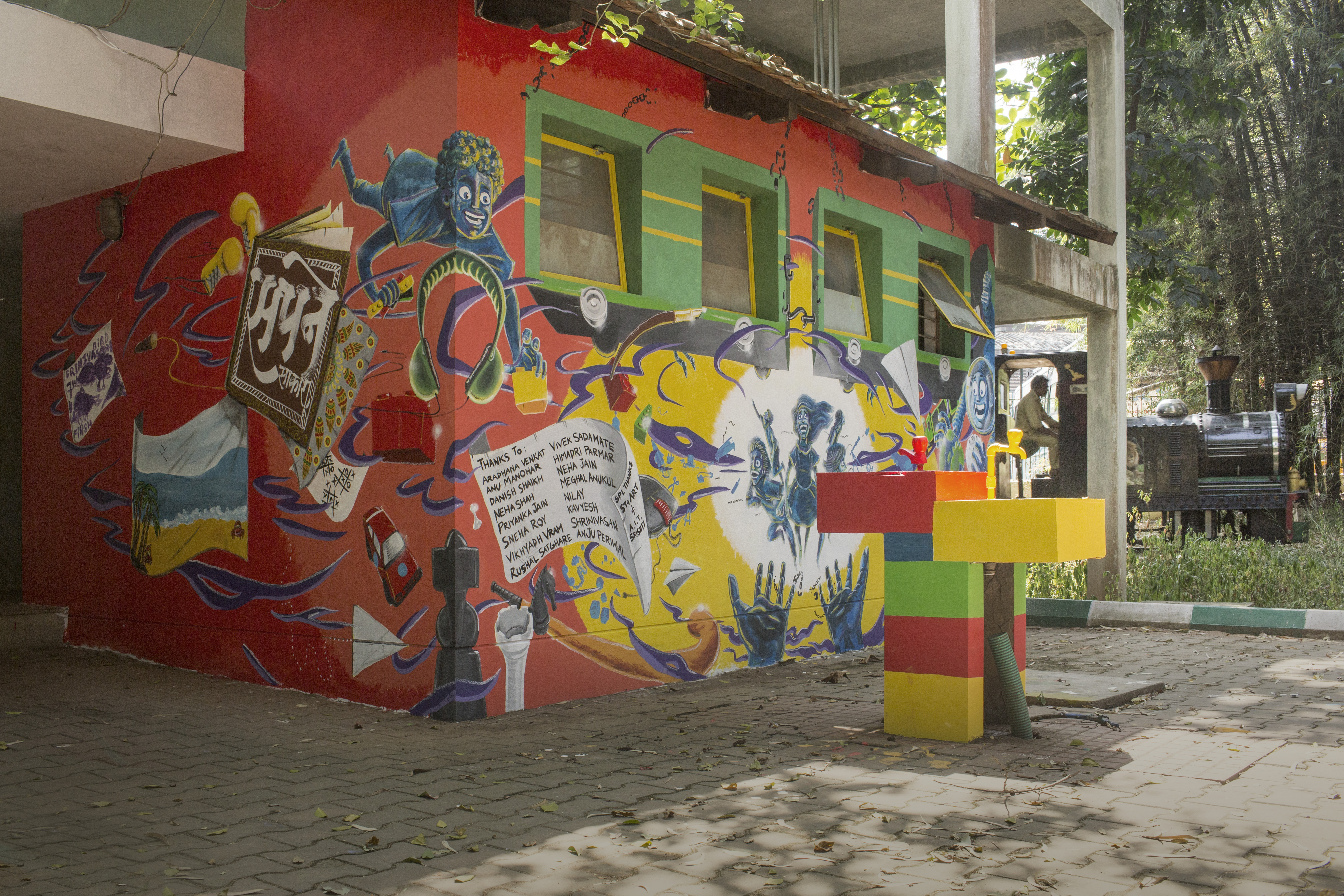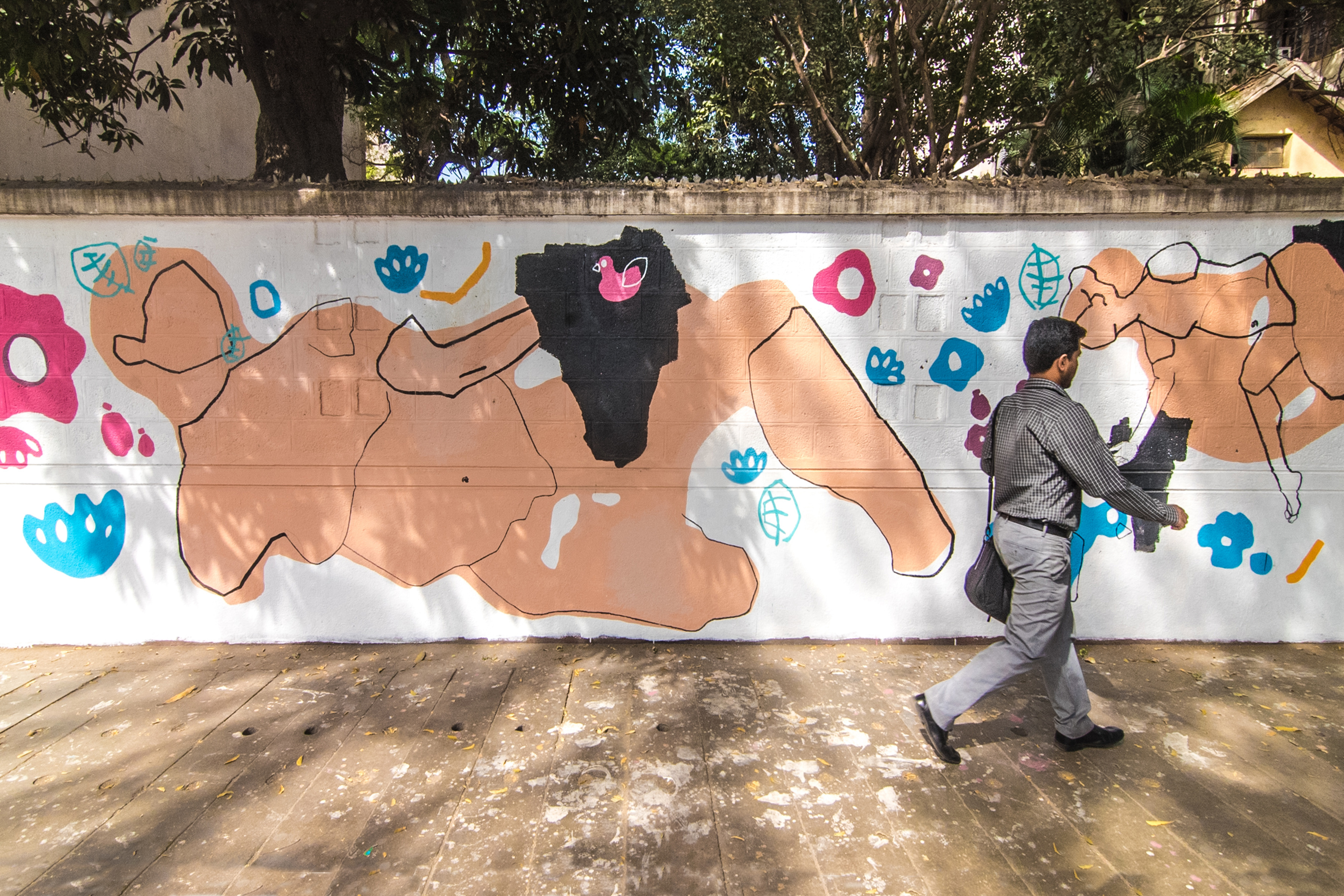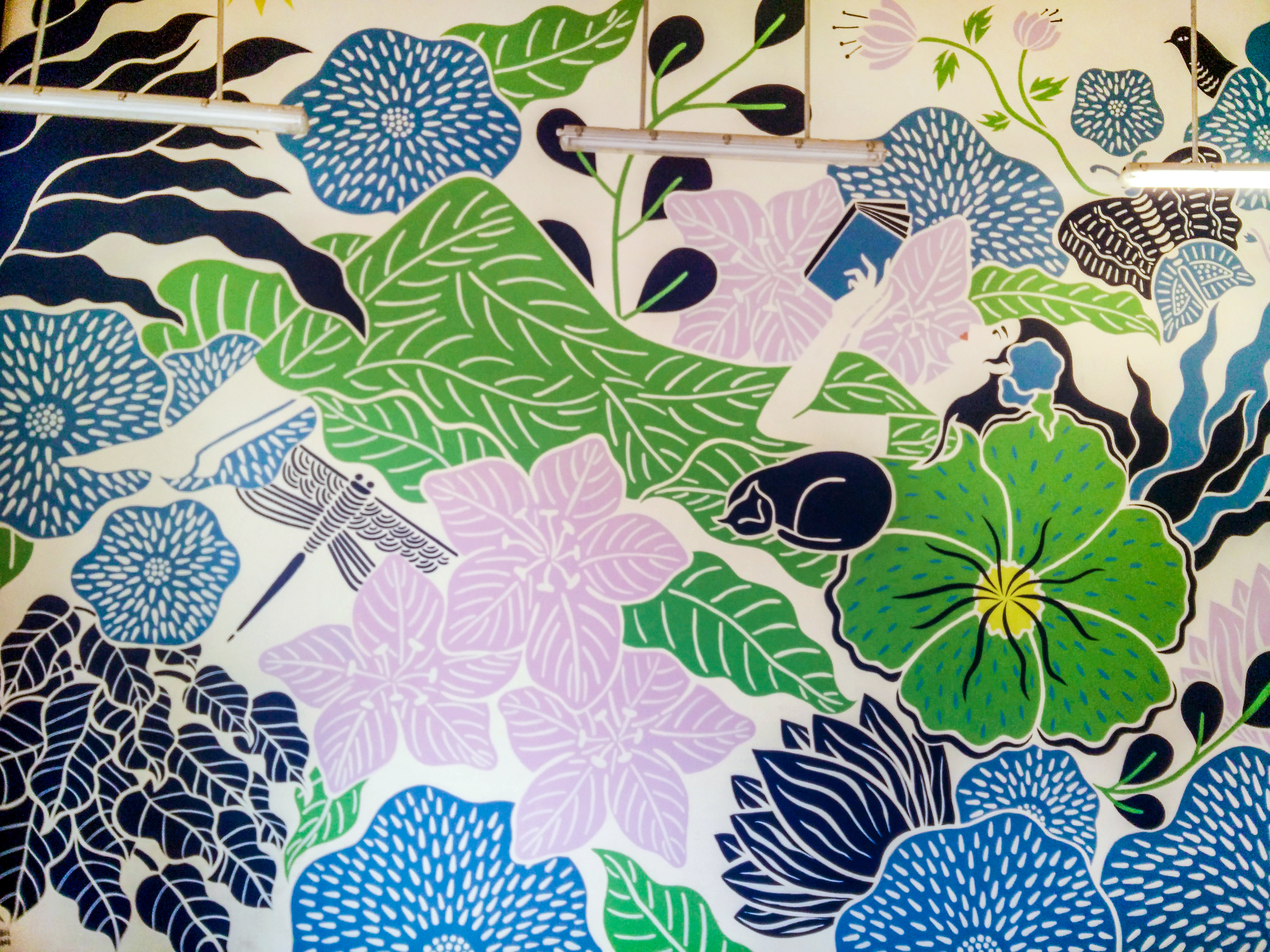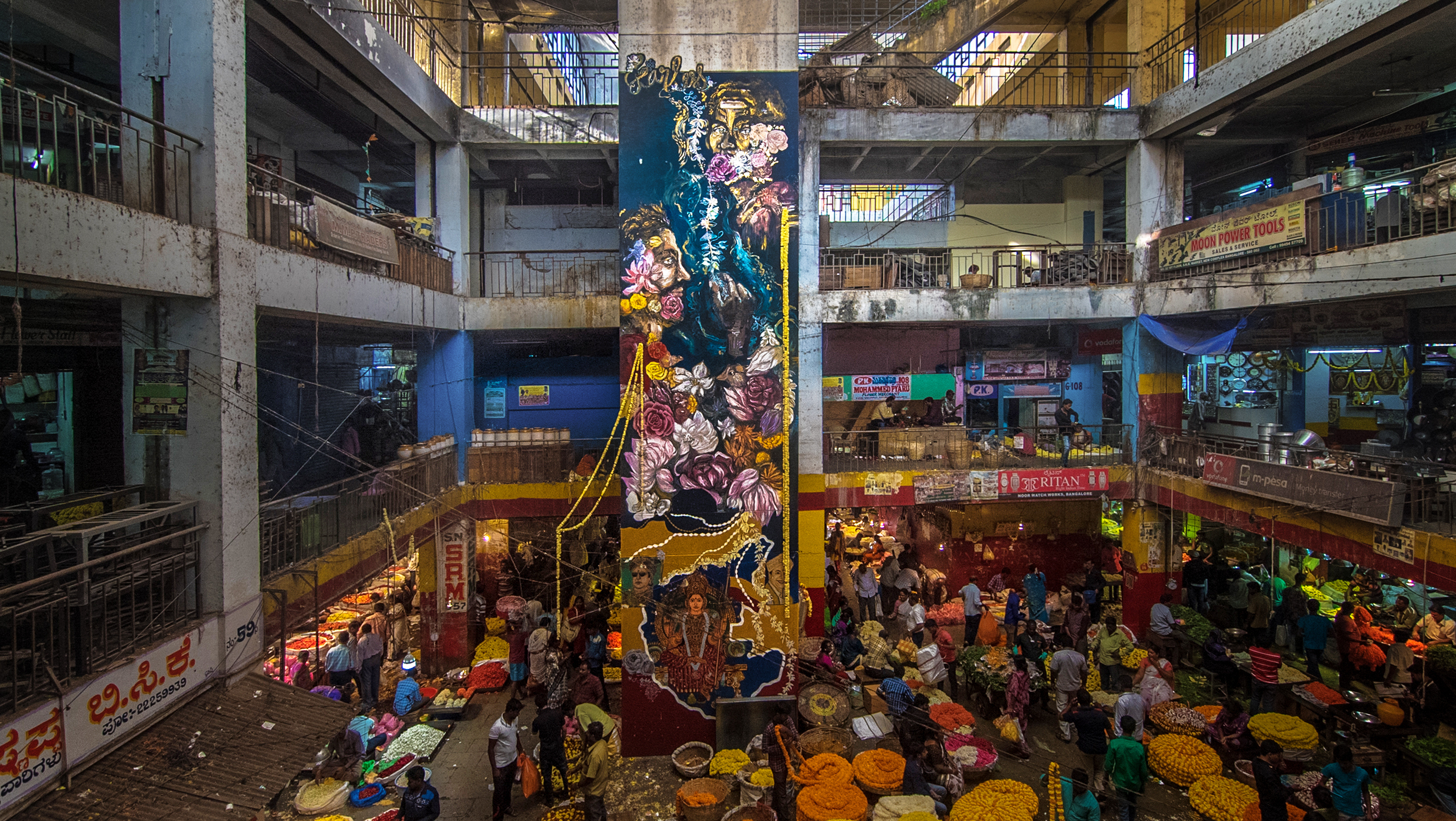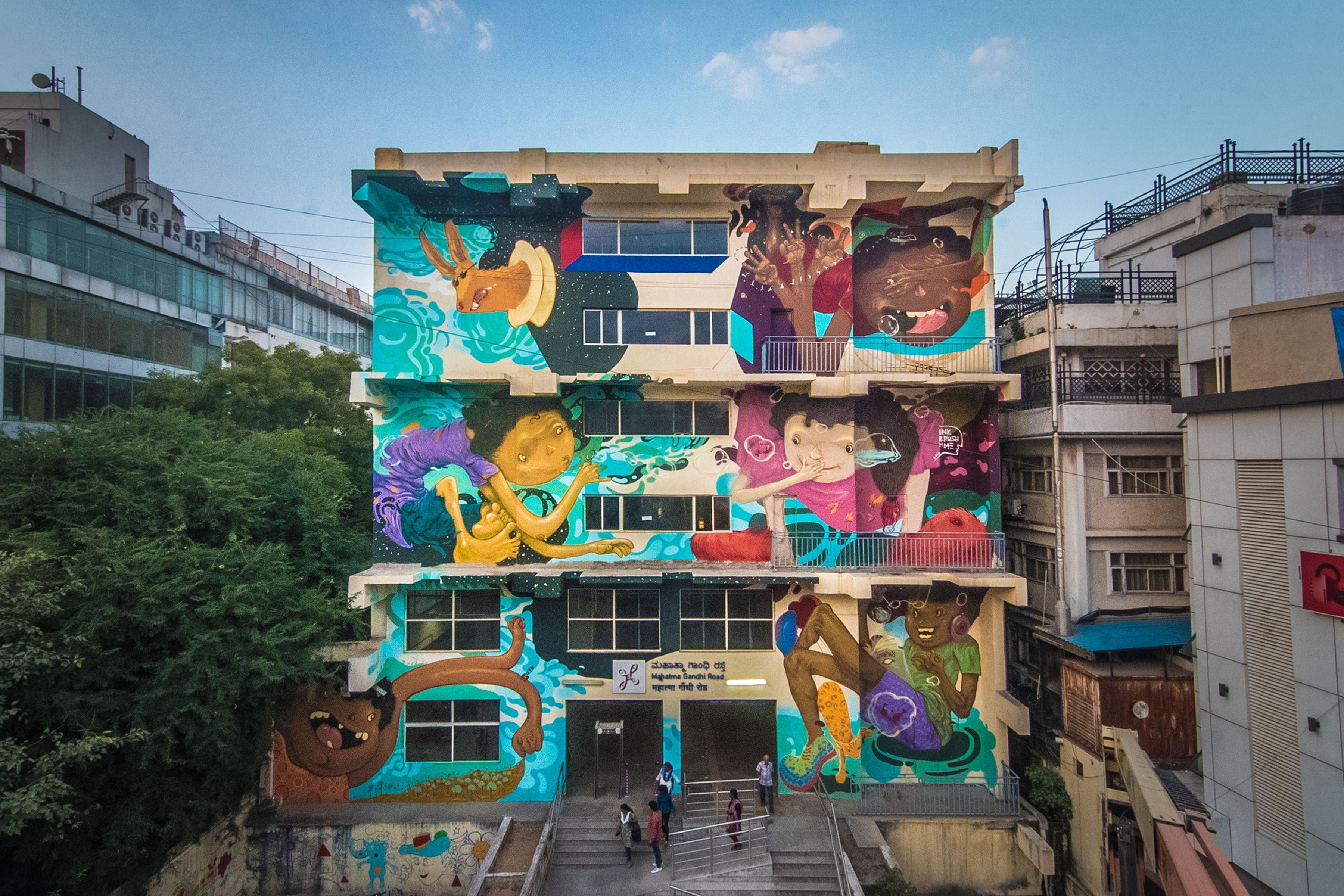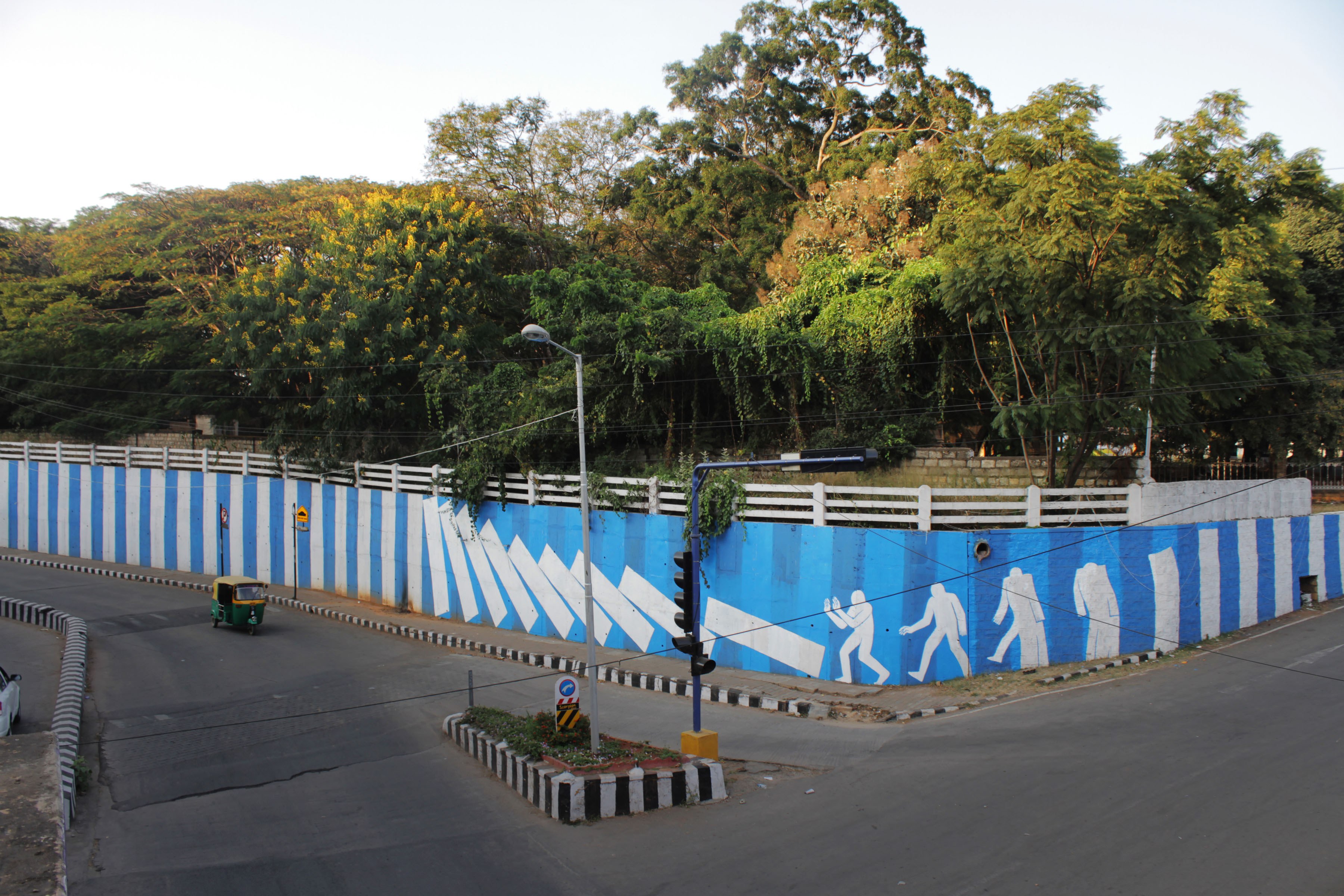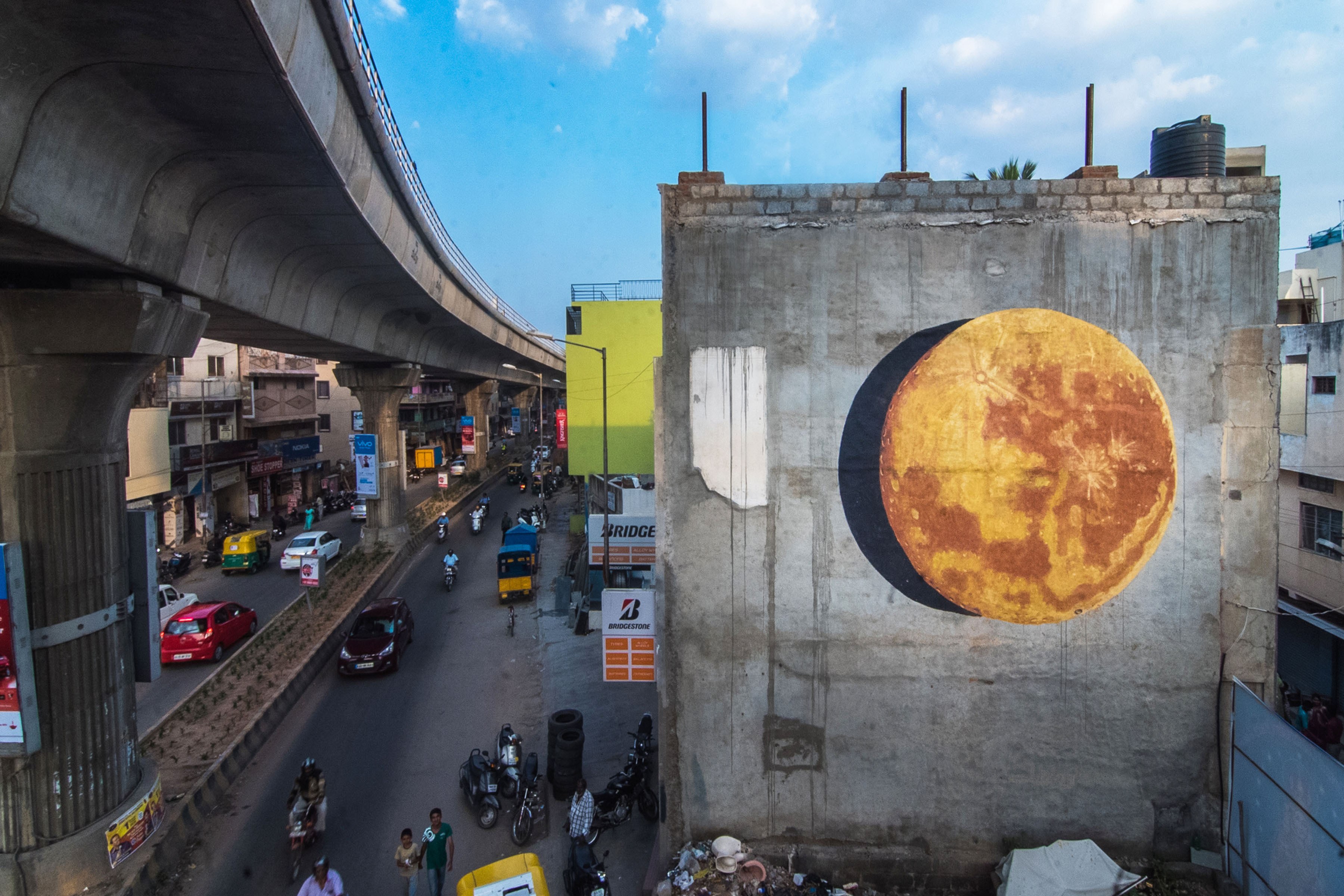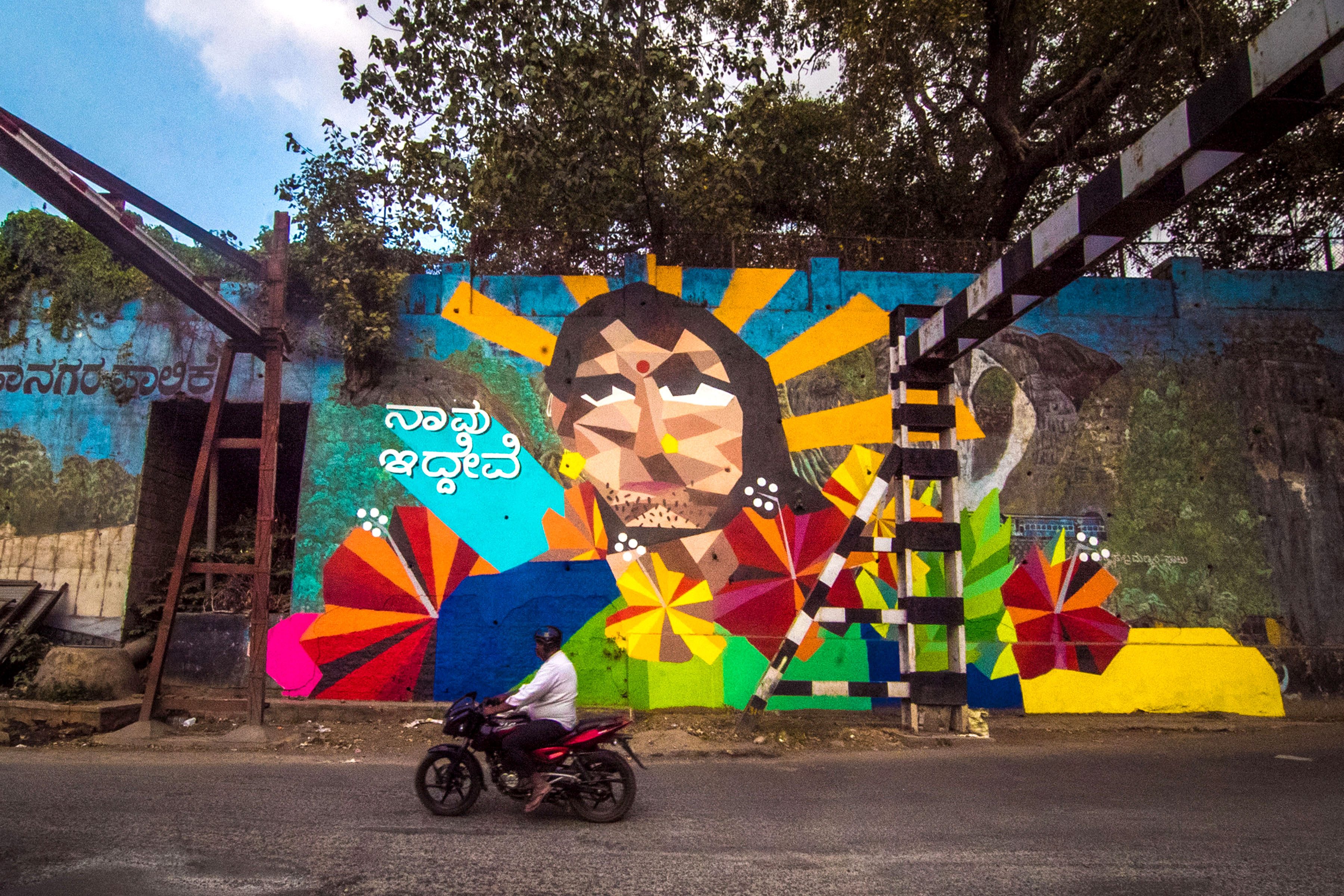The aim of St+art is to bring some of the best-known names in the world of urban art to different cities in India. But along with that, we also want to support the next generation of artists, giving them spaces to express, and hone their craft. Bangalore is also home to some of the country's best art schools, hence during St+art Bangalore 2016 we worked with the most promising emerging artists from the city to help them produce work on the same platform as the established artists
We circulated an open call-out for artists and out of the received portfolios seven emerging talents were selected. The chosen artists created artworks along the Dhanvantri Road and the Cubbon Park metro station, amongst other locations in the city.
From mythology and mental illness to notions of freedom and co-existence, the artists’ pieces engaged with a wide range of issues, all relevant to the city’s existing milieu.
